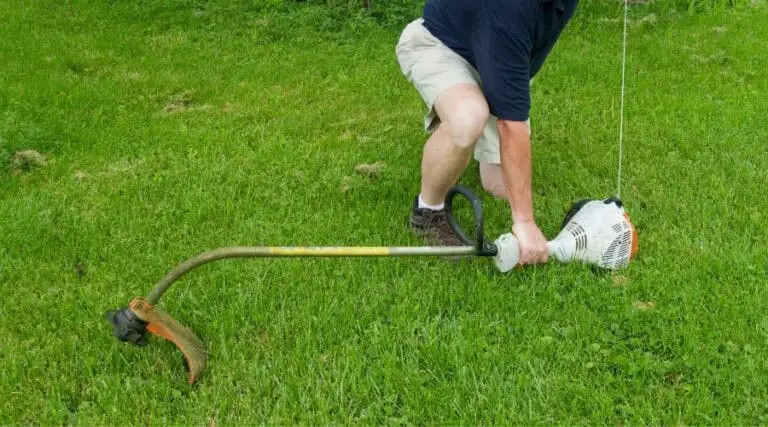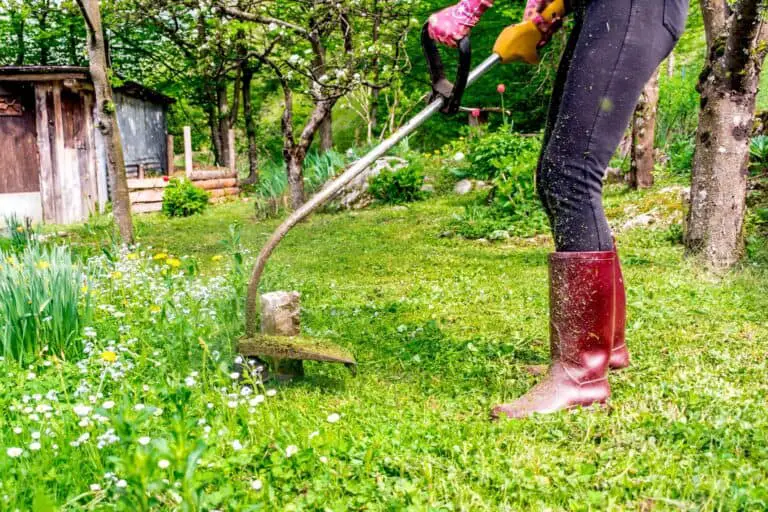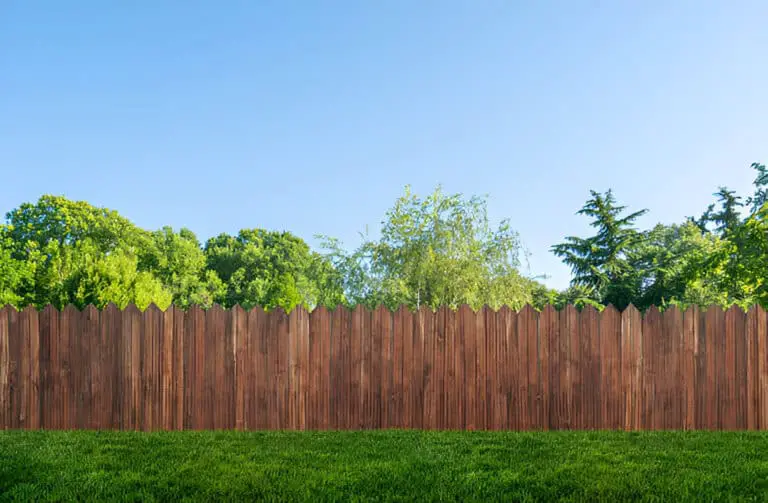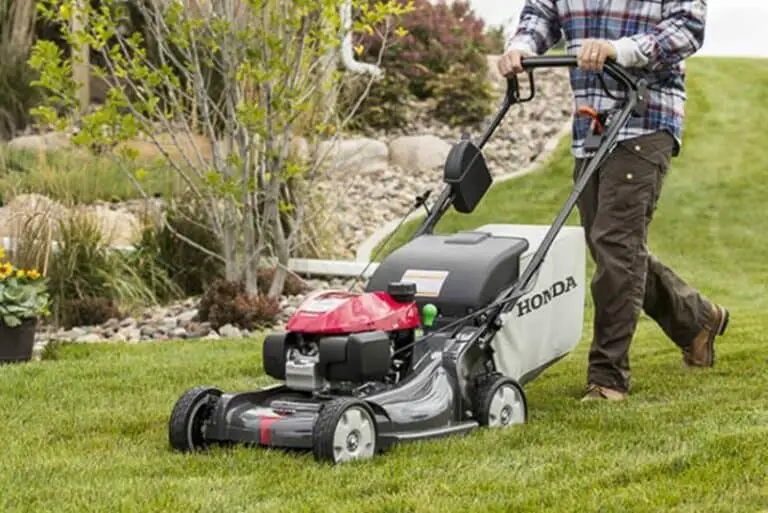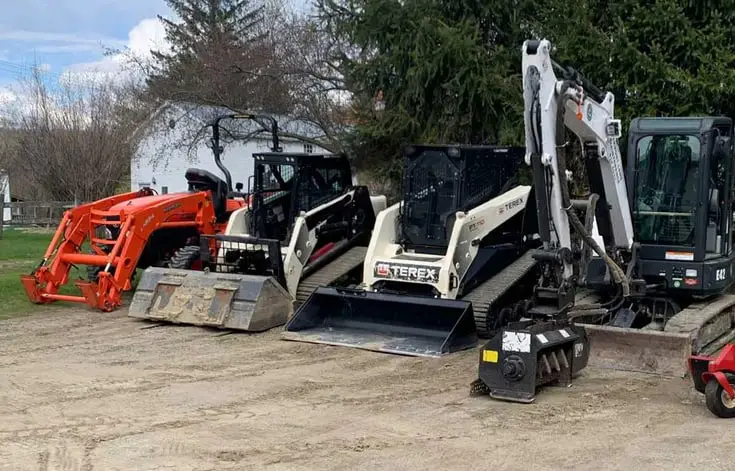A Beginner’s Guide to Using Landscape Timbers: Transform Your Yard with Ease
When I first dove into the world of landscaping, I found myself knee-deep in ideas and inspiration. From raised flowerbeds to defining walkways, I quickly discovered a key tool that made transforming my yard a breeze: landscape timbers.
These unassuming pieces of wood might seem basic at first glance, but once you understand how to use them, they can open the floodgates to endless creative possibilities.
Whether you’re a gardening newbie or an experienced green thumb, adding landscape timbers to your toolbox can give your outdoor space a polished, professional feel without breaking the bank.
What Exactly Are Landscape Timbers?
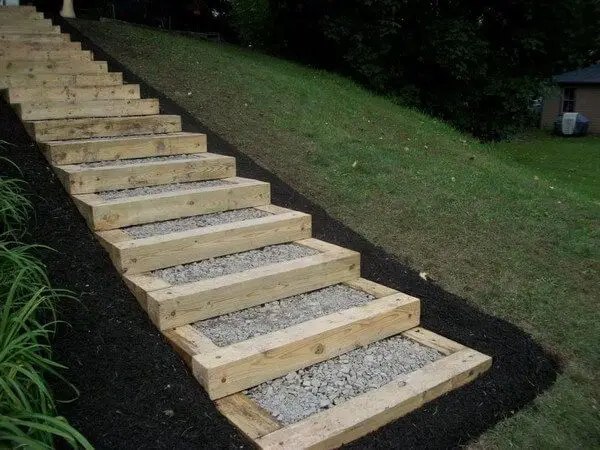
Before I started using them, I had no clue what landscape timbers even were. Think of them as long, sturdy pieces of wood, typically between 3 and 6 inches wide, that are perfect for various landscaping projects.
They are typically found in home improvement stores or garden centers. What sets them apart from other types of wood is their specific design for outdoor use. Unlike construction lumber, landscape timbers are built to withstand the elements, making them durable and functional.
In my experience, the options vary—you’ll find some with rounded edges, while others have sharp corners, giving you plenty of flexibility depending on your design. Whether you’re looking to spruce up a flowerbed or build a retaining wall, these versatile pieces of wood can serve a multitude of purposes.
Why Landscape Timbers Are a Game-Changer for DIY Projects
I’ll be honest—landscaping can sometimes feel overwhelming, especially if you’re not sure where to begin. But landscape timbers can simplify the process. They give your yard structure and shape, while also adding aesthetic appeal. In a way, they act like the framework of a house; once they’re in place, everything else seems to fall into line. Plus, they’re surprisingly easy to work with, even for a novice like me.
Not only do they bring a visual charm to your yard, but they’re also highly functional. They help define edges, reduce weed growth, and can even prevent soil erosion. For me, it was like discovering the secret ingredient to a perfect landscape recipe.
How to Build a Raised Flowerbed with Landscape Timbers
One of the first things I tackled with my new landscape timbers was building a raised flowerbed. Now, if you’ve ever thought raised flowerbeds were only for professionals, let me assure you—they’re not! I found it both simple and rewarding. Here’s how I did it:
First, I measured and marked the area where I wanted the flowerbed to go. Then, I laid the timbers down to create a frame. To keep them in place, the trick is to secure them with metal spikes or rebar. After that, it was just a matter of filling the frame with soil and getting my hands dirty planting flowers.
Key Benefits of a Raised Flowerbed:
| Benefit | Why It Matters |
| Improved drainage | Prevents plants from becoming waterlogged. |
| Easier access | No more bending down as far to tend to your plants. |
| Enhanced weed control | Creates a barrier between your flowers and weeds. |
Not only did it give my flowers a distinct home, but it also made my yard feel more organized. Plus, I loved that sense of accomplishment after finishing it with my own two hands!
Tree Containers: Simple Yet Effective
I always admired those well-groomed trees you see in professional landscapes—those ones that seem to have their own little “home” in the yard. I discovered that I could recreate this look by building tree containers using landscape timbers. It’s easier than you’d think, and the payoff is huge.
I used the same approach as with the flowerbed: I measured, laid down the timbers around the base of the tree in a square or rectangular shape, and filled the area with soil or mulch. The best part? It didn’t interfere with the tree’s roots at all, but it did give my yard a clean, cohesive look.
Defining Edges: The Unseen Hero of a Tidy Landscape
After installing a few raised beds and tree containers, I realized my yard still lacked something—a sense of order. That’s where edge definition came in. One of the simplest yet most effective uses for landscape timbers is defining borders between different areas in your yard, like between grass and flowerbeds, or around a patio.
Instead of letting your flowerbed spill haphazardly into your lawn, landscape timbers act like a picture frame, keeping everything in check. I found that it not only made my yard look neat but also made maintenance easier, especially when mowing the lawn or trimming plants.
| Read: Top 10 Fast-Growing Trees for Lumber and Timber |
Choosing the Right Landscape Timbers: Eco-Friendly Options Matter
Not all landscape timbers are created equal. When shopping, I noticed that some are pressure-treated, while others are eco-friendly. Now, if you’re like me and want to keep your yard as organic as possible, go for the untreated, eco-friendly option. Sure, pressure-treated timbers last longer, but they often contain chemicals that can leach into the soil, which isn’t great for plants, pets, or the environment.
So, if you’re planning to use timbers around flowers, trees, or even edible plants, stick with the natural, untreated wood. You might have to replace them sooner, but it’s worth it to avoid the risk of contaminating your garden soil.
Maintenance: Keeping Your Landscape Timbers in Tip-Top Shape
Once you’ve placed your landscape timbers, don’t just set it and forget it. Like all outdoor materials, they require some TLC to keep them in good condition. Every couple of years, I make it a habit to inspect mine for signs of rot or decay. If I spot any soft spots or cracking, I replace the affected timbers to maintain the structural integrity of my beds and borders.
It’s also a good idea to reseal your timbers with a wood preservative to protect them from moisture and prolong their life. Trust me, a little bit of maintenance goes a long way in ensuring your yard looks pristine year after year.
Final Thoughts: Elevate Your Yard with Landscape Timbers
At the end of the day, landscape timbers are more than just pieces of wood; they’re a powerful tool for transforming your yard into a well-organized, aesthetically pleasing space. From raised beds to tree containers and edge definition, the possibilities are endless. Plus, using them feels like a project you can actually finish on a weekend (and brag about later!).
So, if you’re looking to give your yard a facelift without hiring a professional crew, grab some landscape timbers and let your creativity run wild. You’ll be amazed at what you can accomplish with these versatile, durable materials. After all, a great yard is built one timber at a time.

